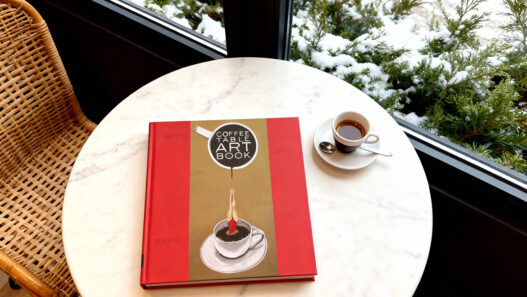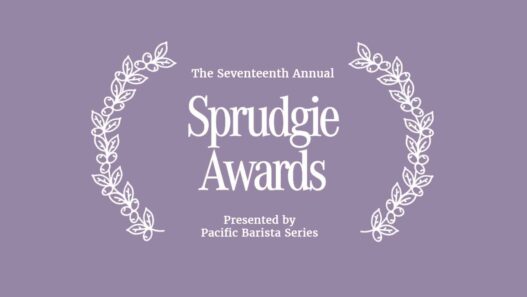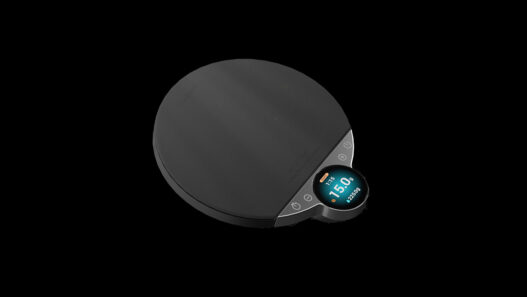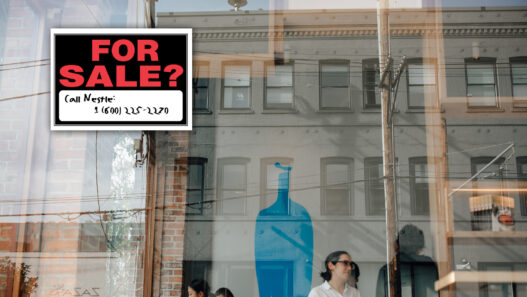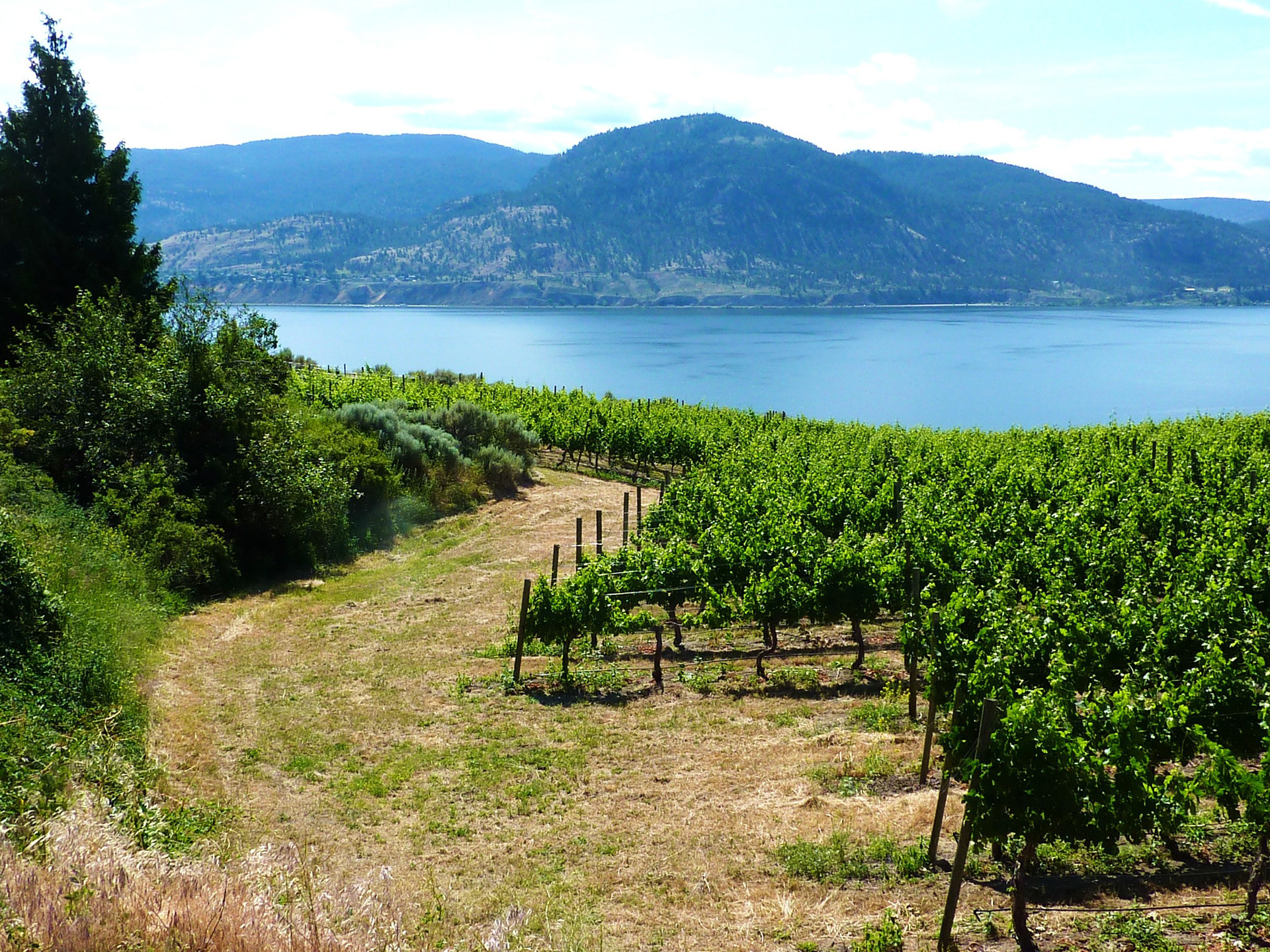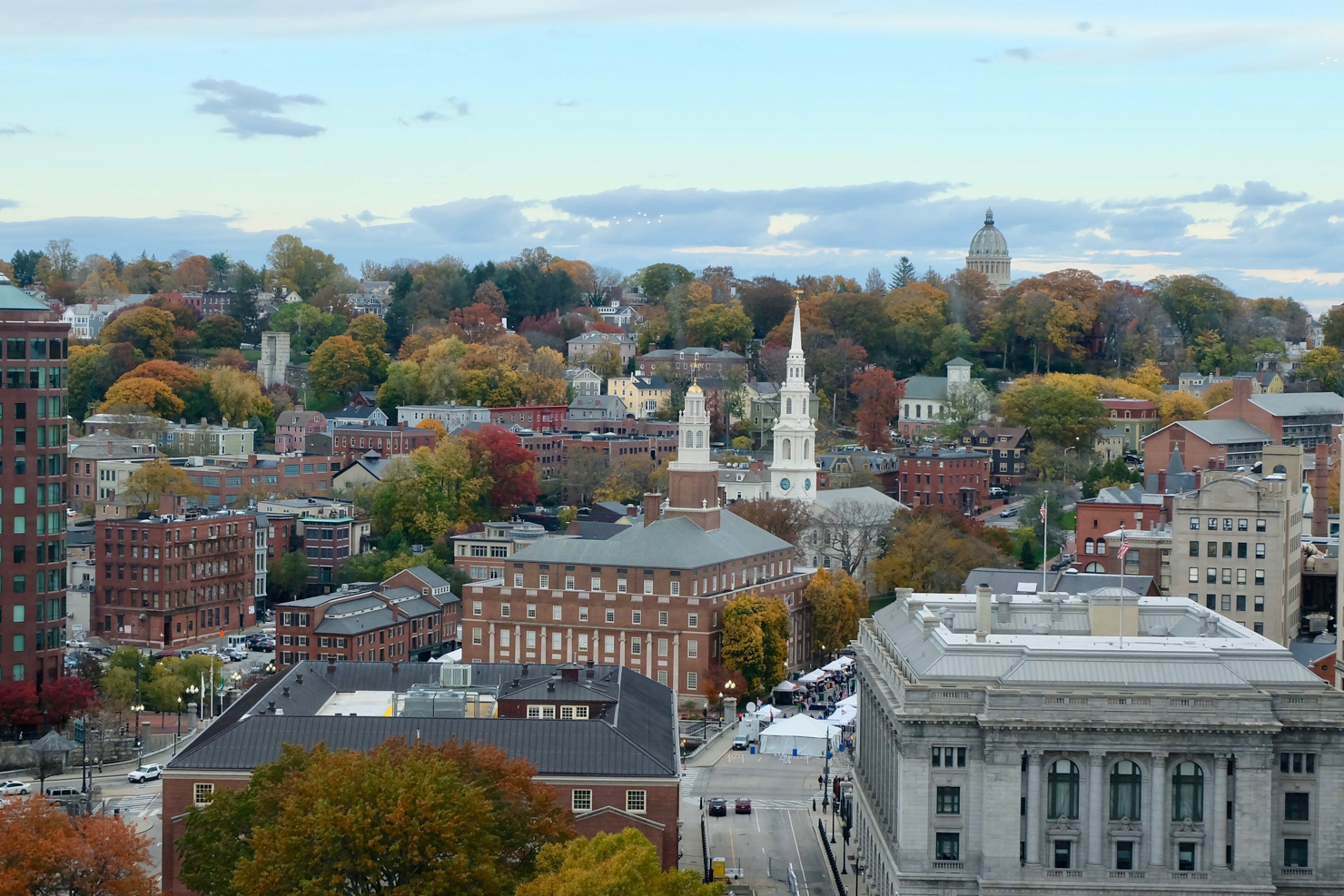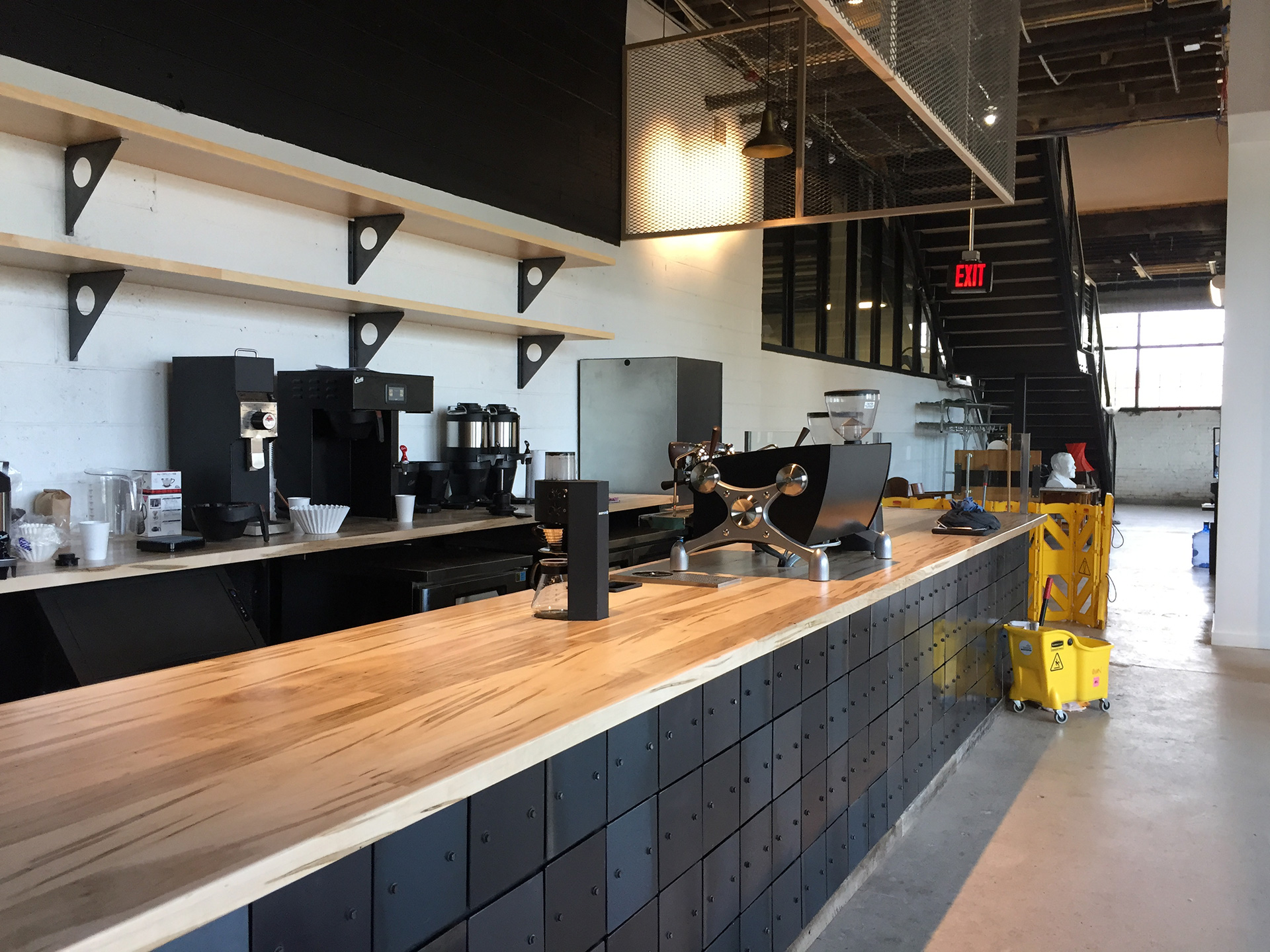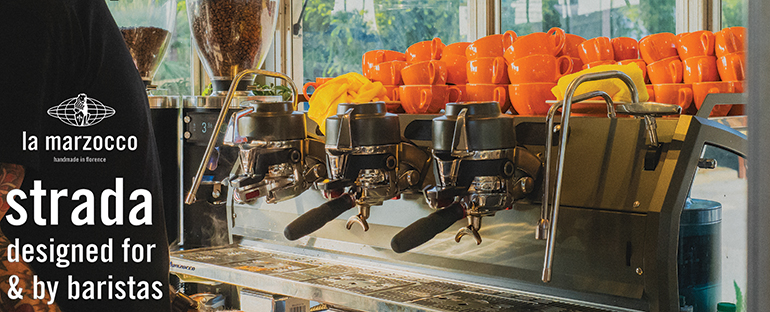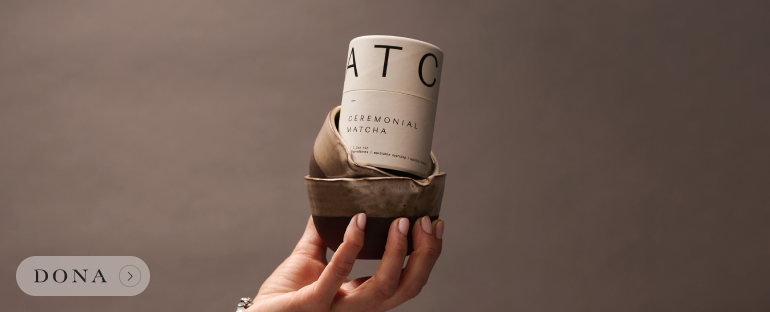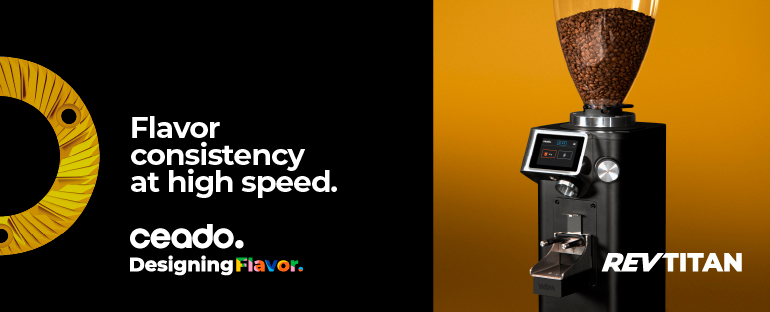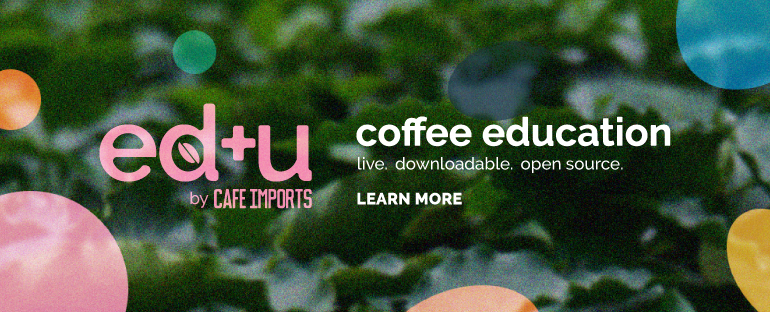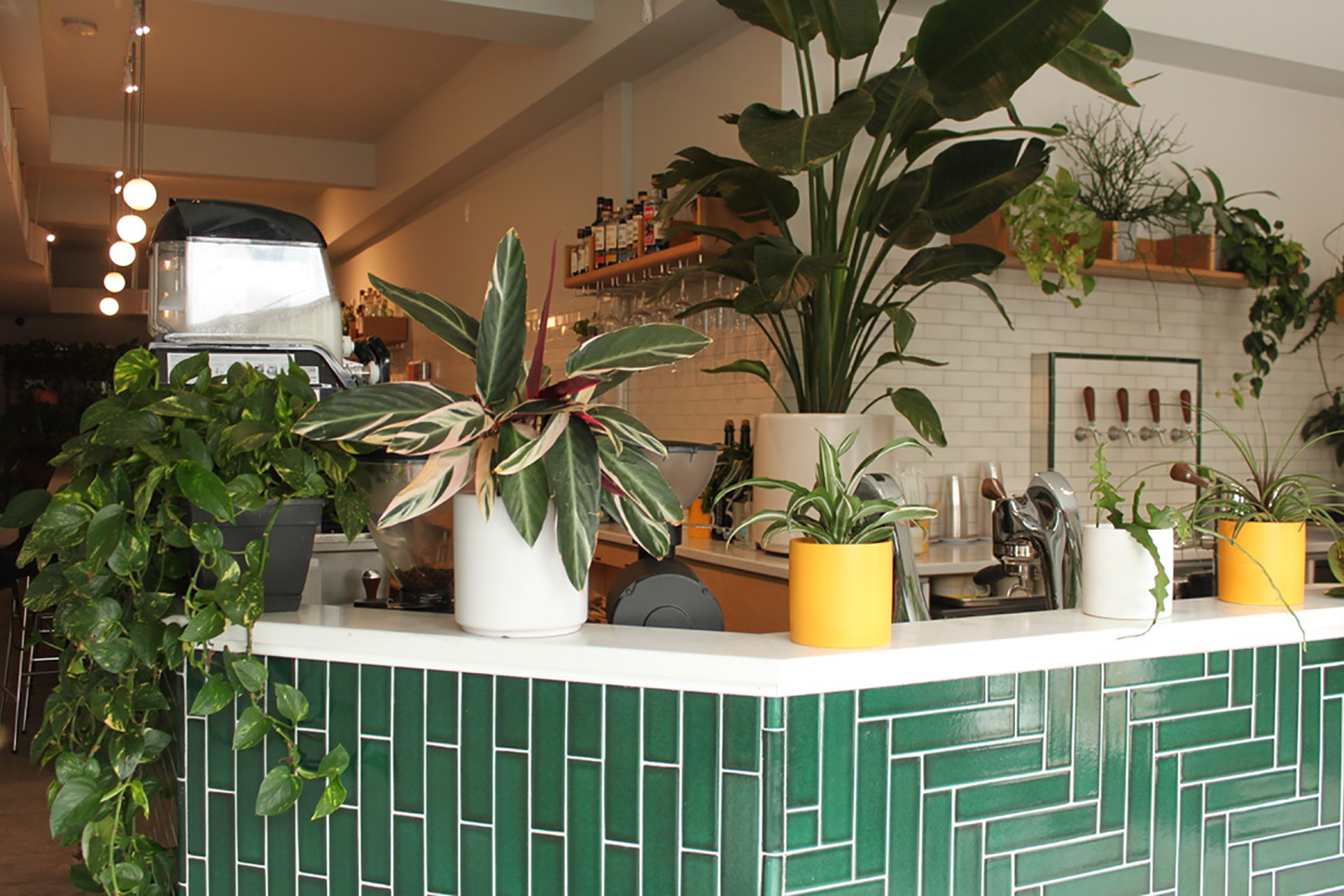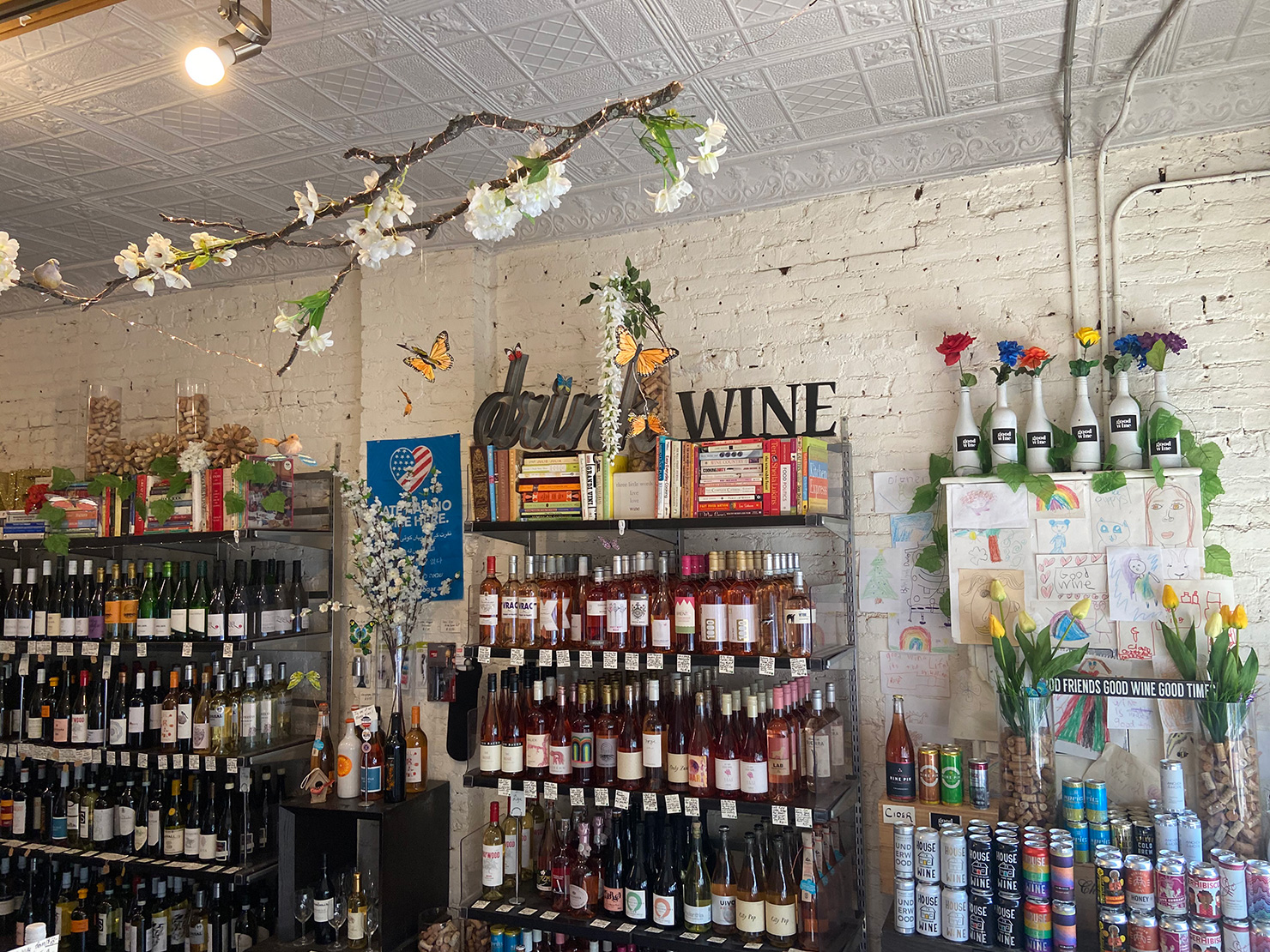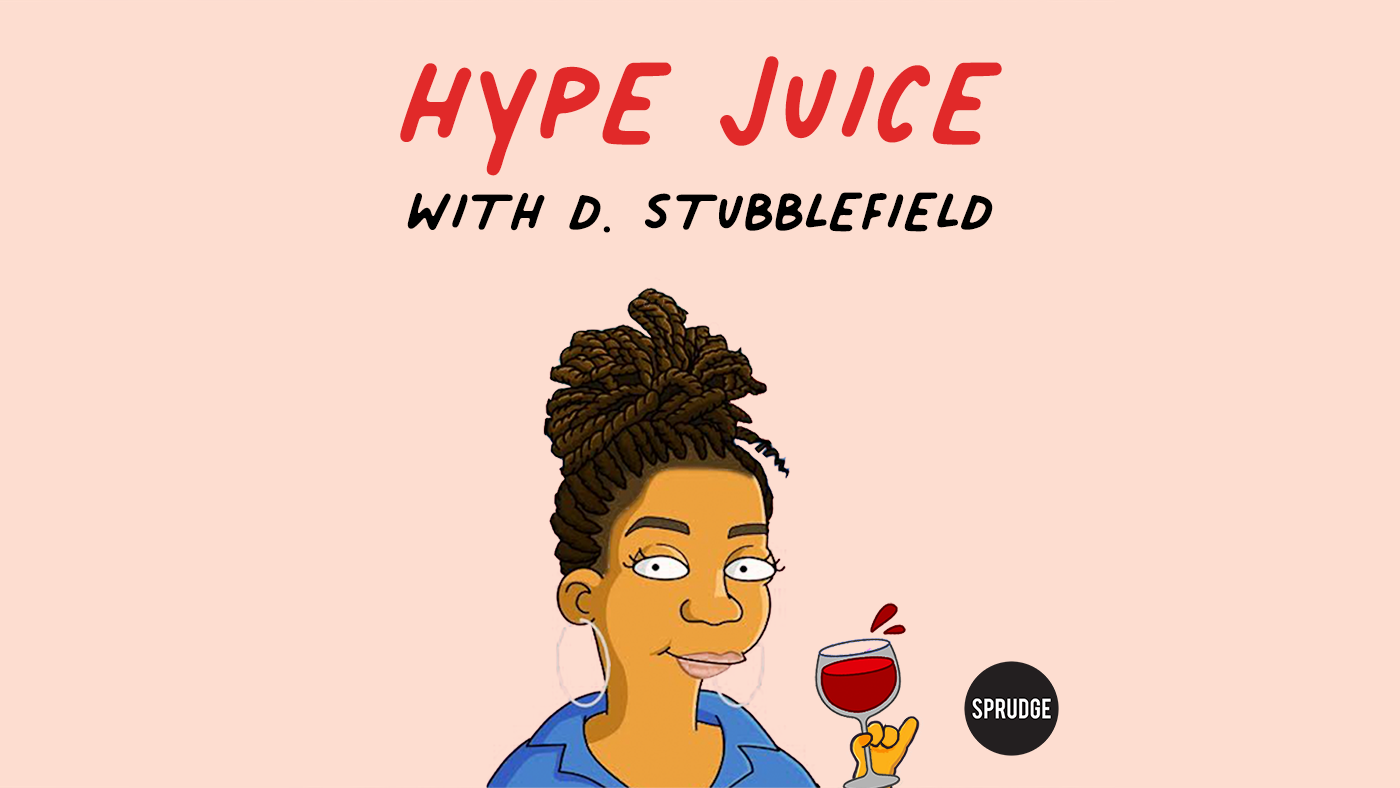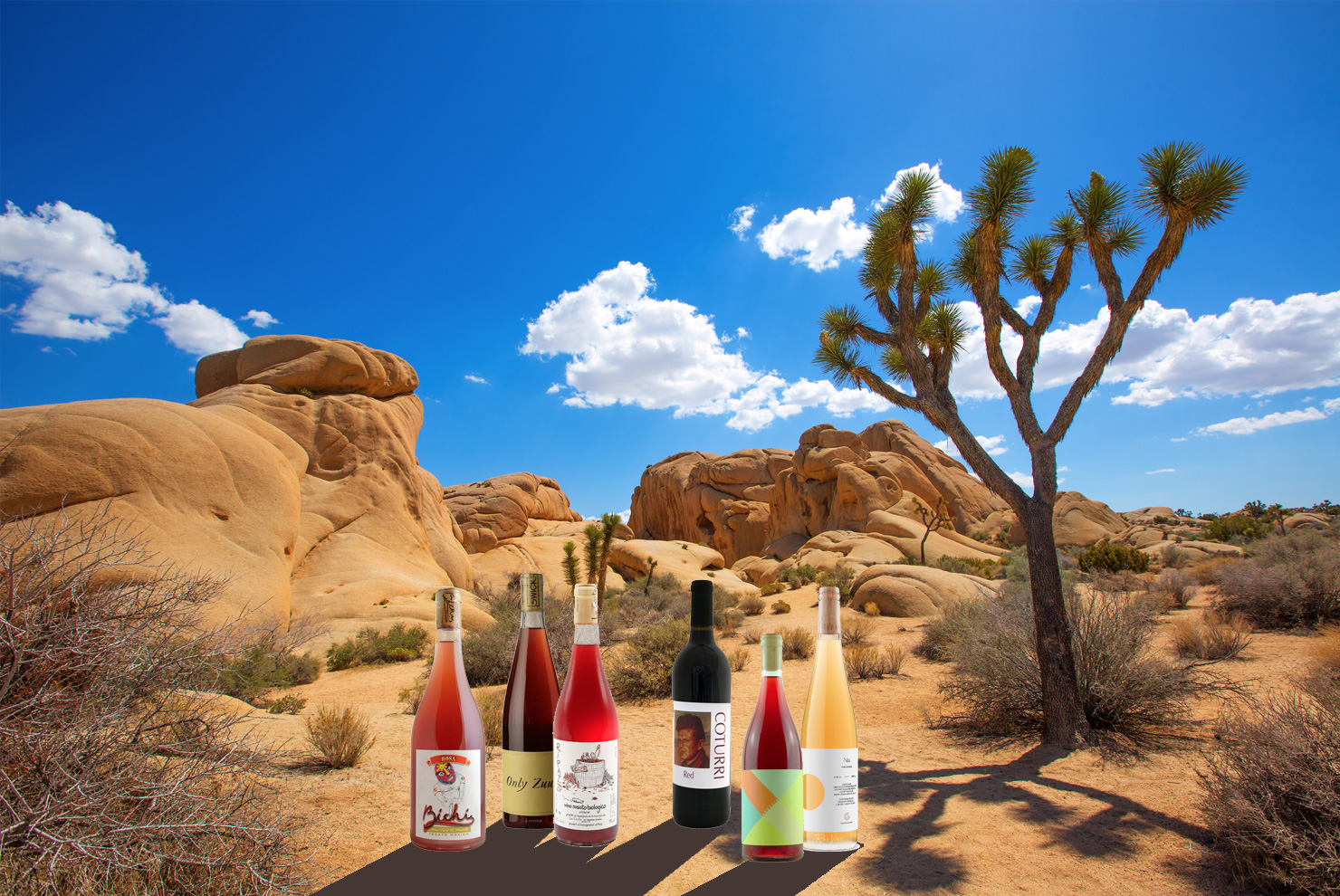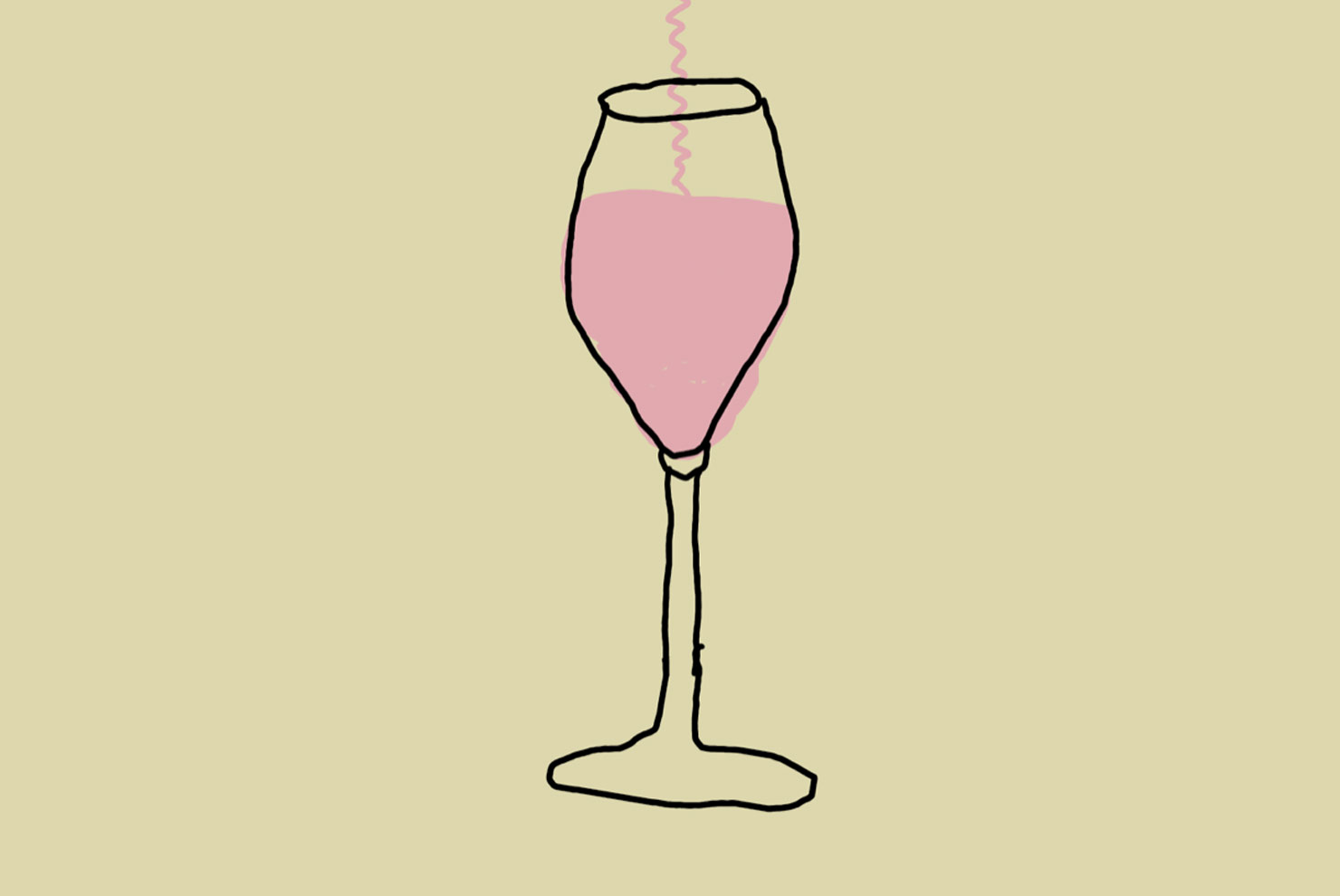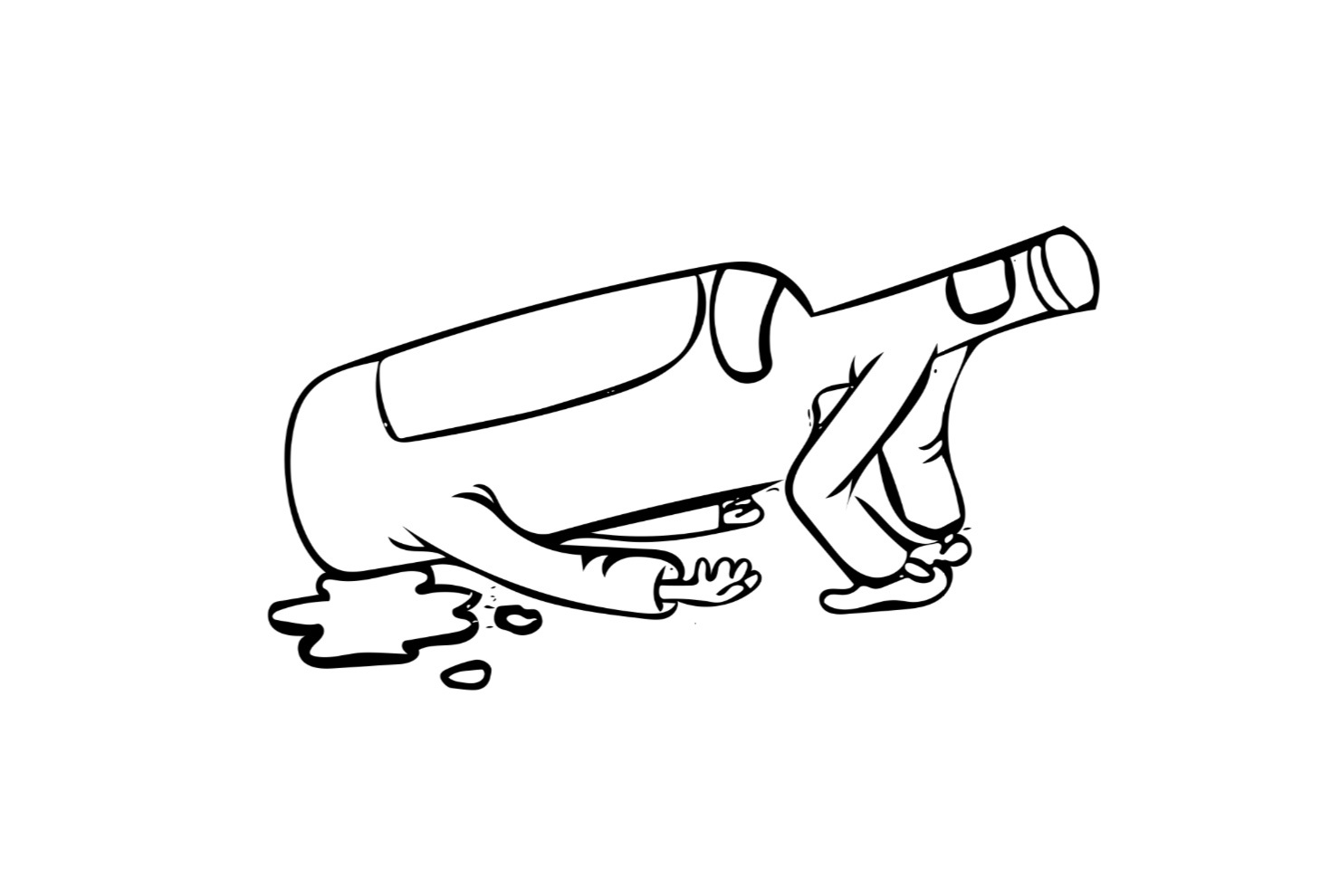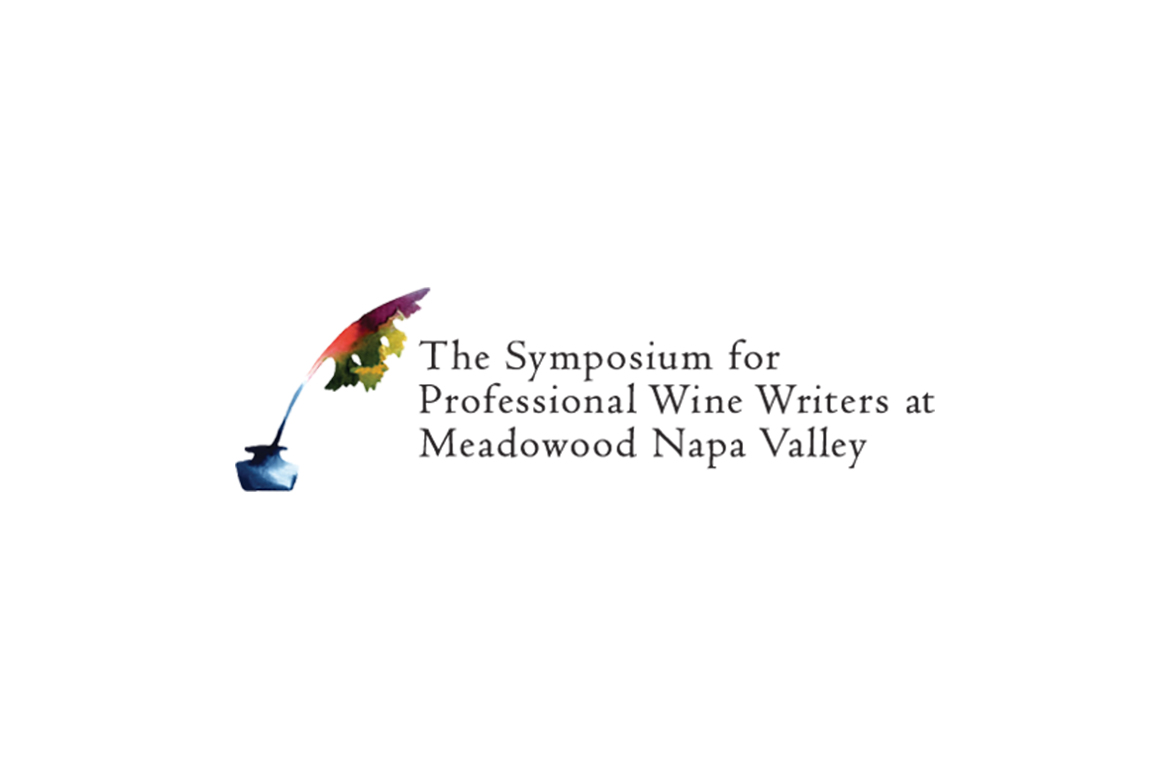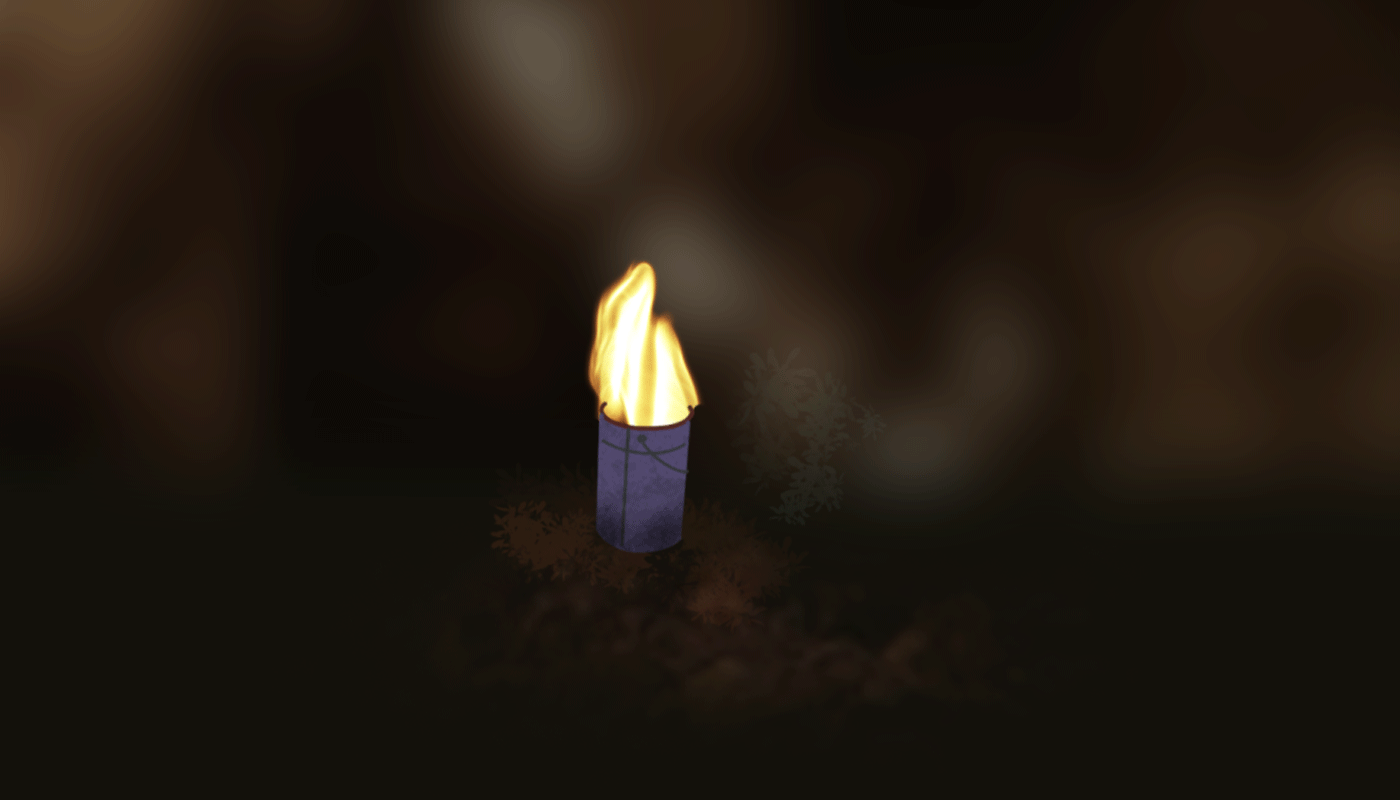From London to Tbilisi, wines made with organic grapes, native yeasts, and little else, are all the rage. Lately, the mojo wire has even been twitching with tales of a small band of Canadians who have begun practicing the natural arts in British Columbia. Curiosity piqued, I headed north to track them down.
British Columbia’s Okanagan Valley wine region stretches 100 miles from the cooler, mountainous area around the city of Kelowna in the north to the semi-arid desert encircling the village of Osoyoos in the south. 10,000 years ago, glaciers cut a swath through this area that left behind a topography so diverse it’s like being able to drive in an hour from the foothills of the Swiss Alps to the parched plains of southeast Spain.
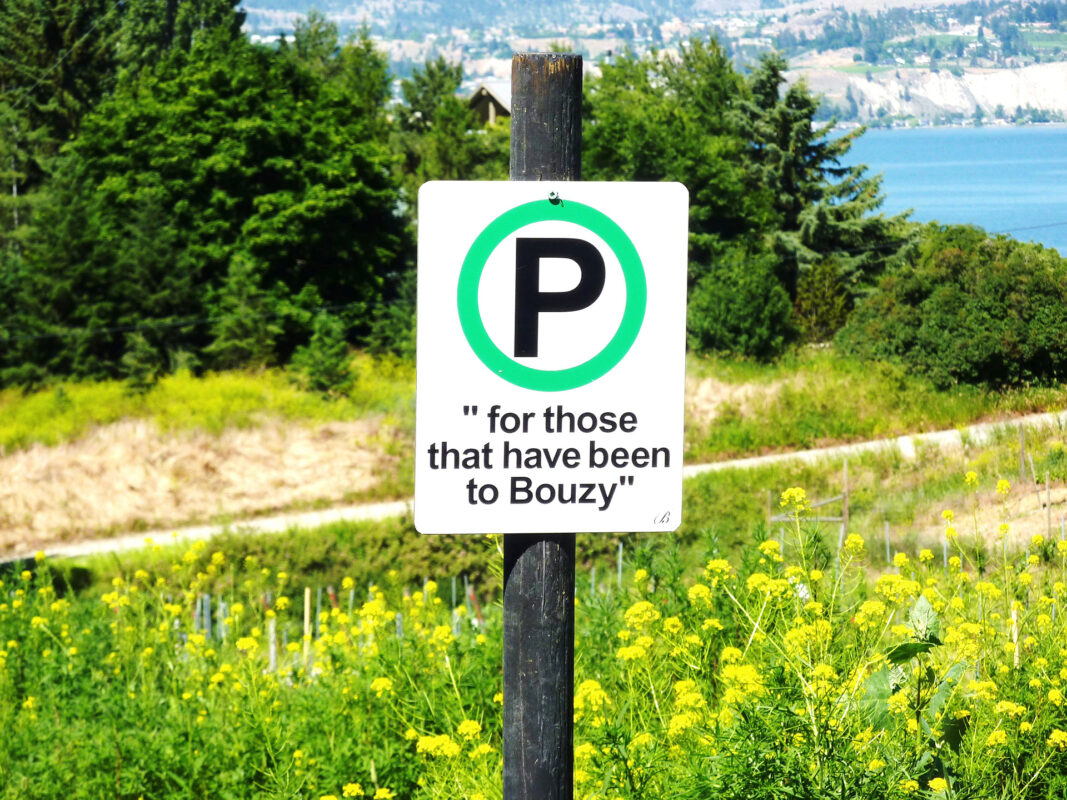

My first stop was to meet Matthew Sherlock at Nichol Vineyard on the Naramata Bench, a subregion of the Okanagan Valley. Alex and Kathleen Nichol started the winery in 1989, spending two years planting five acres of grape vines, including Canada’s very first Syrah. Thanks to those glaciers, the bench’s vineyards roll right to the edge of granite cliffs plunging hundreds of feet into Lake Okanagan. Harvest time must require the nerves of a mountain goat.
When the Nichols decided to retire in 2005, their winemaker, Ross Hackworth, purchased the winery. A few years later Hackworth asked Sherlock, who was working in wine retail in Vancouver, to work for him at Nichol. “I liked his wines and bought so many of them, he eliminated his biggest customer,” Sherlock quipped. “The goal was to eventually open a second winery and Ross told me I could either wait decades until I was rich enough to buy land or I could plunge right in with his help.” Today Sherlock acts as Hackworth’s “right-hand man” at Nichol while the two are partners in Sherlock’s winery, Lock & Worth.
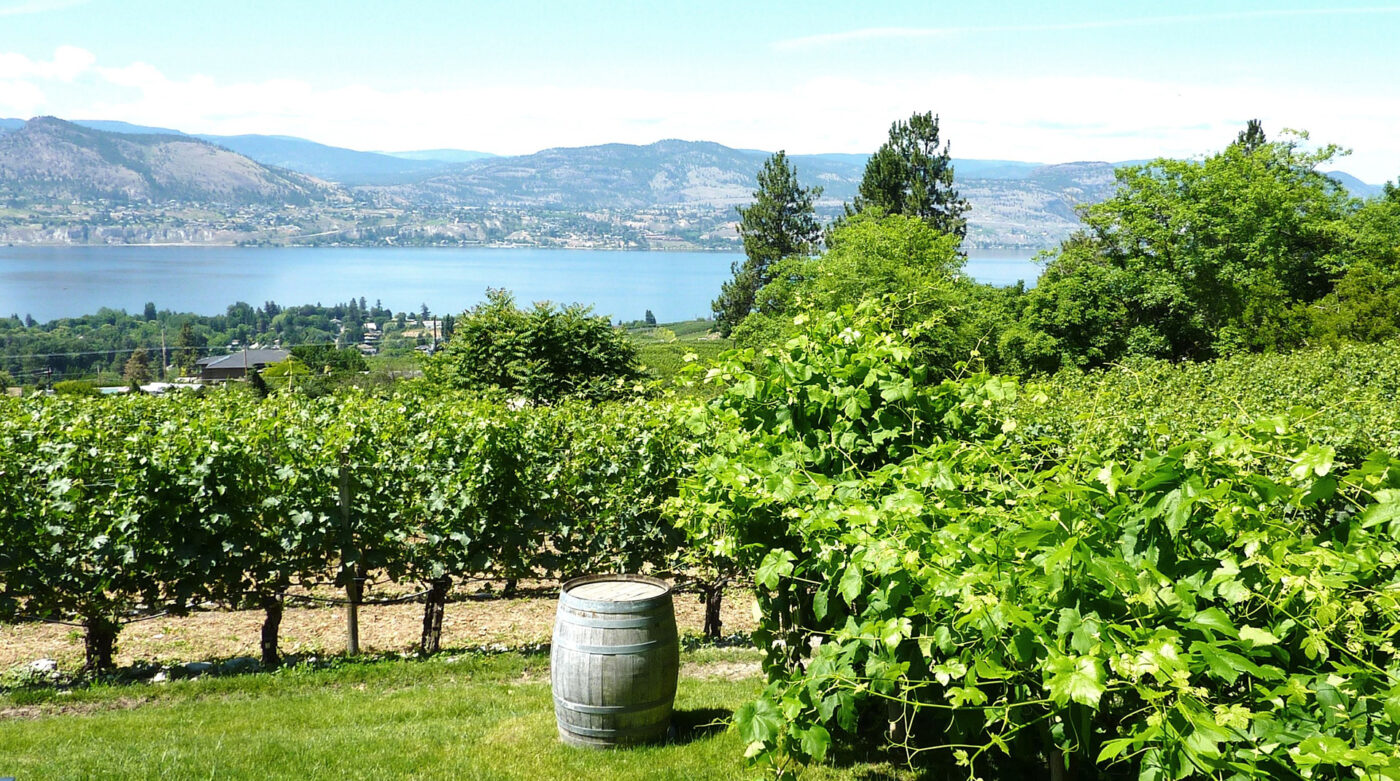

Lock & Worth and Nichol are two wineries with similar missions: making wines that are delicious, true to place, and affordable. Nichol’s fruit is farmed within 3,000 feet of the winery while Sherlock sources grapes from throughout the valley for Lock & Worth’s single vineyard wines. Sherlock also leases four acres of vines from cheesemaker Gitta Pedersen. What Sherlock calls his “unofficial estate vineyard” grows next to the tasting room Sherlock shares with Pedersen’s Poplar Grove Cheese store.
Sherlock and Hayworth farm organically and work the vineyards by hand whenever possible. They use native yeasts for fermentations, limited sulfur, and a gentle touch that avoids punch downs or pumping over or racking during élevage. The wines are bottled without fining or filtration, which is why Sherlock caught me off-guard with his response to a question about natural winemaking: “We don’t make natural wines.” Then he joked, “Is the interview over?”
Sherlock prefers to avoid the naming game because he believes people create straw man definitions of natural wine so they can tear them down. “In our sound bite world it’s difficult to have a serious conversation about different approaches to making wine,” Sherlock sighed. “But if anyone does come up with a good, agreed upon definition, we’ll aspire to it.”

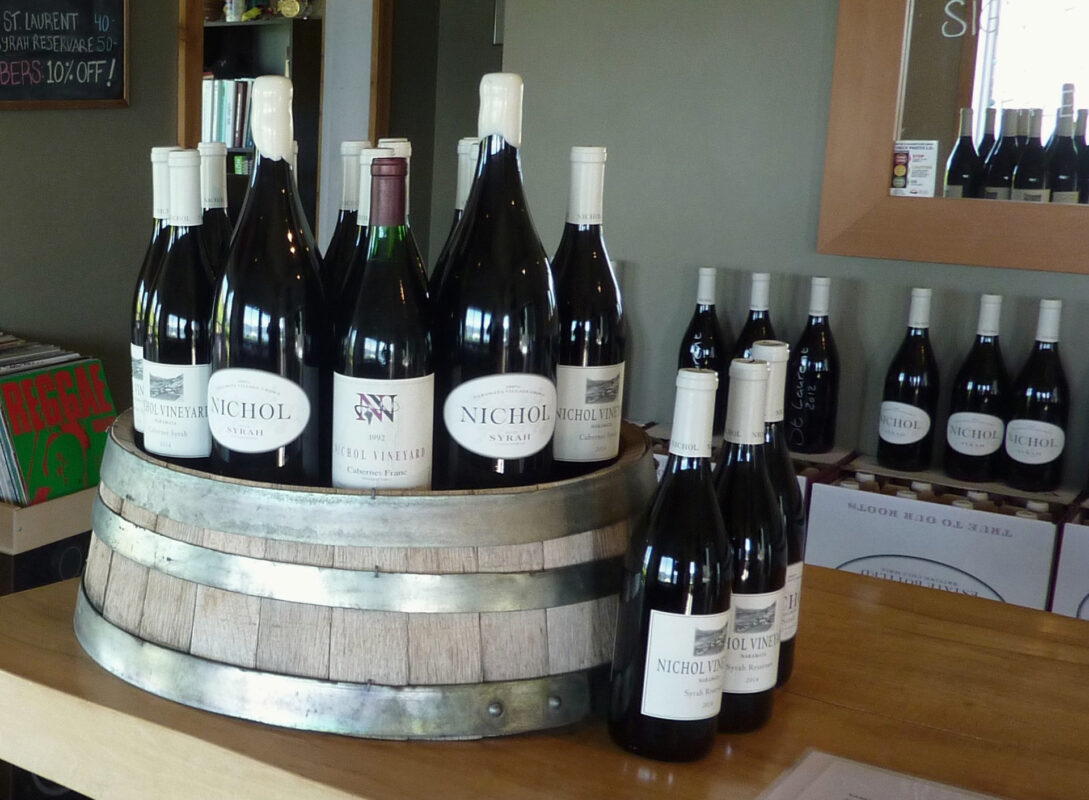
The two Lock & Worth wines that impressed me the most sell for about $24.00 (USD), are 13% alcohol, and are made with grapes from 22-year old vines. The first is Sherlock’s 2015 Semillon, with its lazy hazy golden straw color, rich aromas, and flavors of lemon curd, chamomile tea, wet stones, and almond. Sherlock’s Semillon reminds me of the kind of top quality Graves Blanc I might find in Kermit Lynch’s newsletter. The other is Lock & Worth’s 2015 Cabernet Franc V.4, made with grapes from Sherlock’s “estate” vineyard. Savory and earthy, it has enough tannic structure to hold up lots of juicy blackberries and dark plums, with wisps of iodine and grilled sage on the finish. I don’t know what volumes one through three tasted like, but V.4 is a winner.
A bottle of 2013 Nichol Vineyard’s “Old Vines” Syrah was a great way to end the tasting. The vines are now deeply rooted in granite bedrock covered by just a few inches of soil. Swirling the glass unleashes a lavender and blackcap raspberry perfume so perfect it might inspire an offering to Saint Joseph, the patron saint of Syrah. White peach, graphite, and white pepper flavors follow, along with firm tannins and the region’s trademark brisk acidity. Toss in 12.8% alcohol and a $31.00 price tag and I think I’m in love.
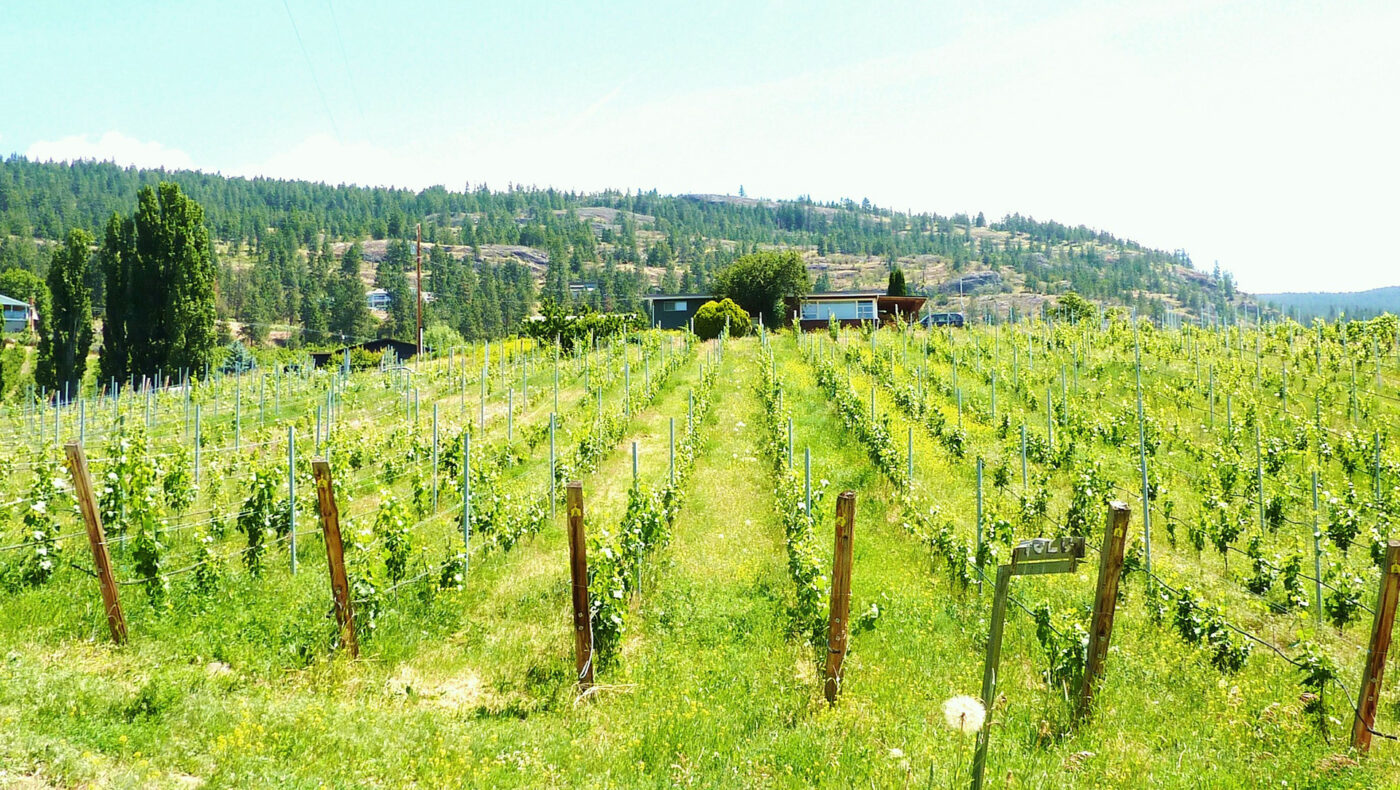
My next stop was up the road at Bella, a winery owned by Jay Drysdale and his wife, Wendy Rose. Drysdale only makes sparkling wines and only works with Chardonnay and Gamay Noir. When I kidded him about not using Pinot Noir like everyone else, he chuckled. “I like Pinot Noir, but I love Gamay Noir. It’s under-appreciated here and I’ve always been drawn to underdog grapes.”
Five years in, Drysdale’s annual production is 2000 cases, split between a vineyard series and a natural series. Each wine in the vineyard series highlights a single grape, from a single vineyard, and single vintage. Dry-farmed and organic vineyards from Kelowna to Kamloops supply the fruit. The natural series uses the same vineyards, plus Bella’s four-acre estate vineyard.

The vineyard series wines are made using the traditional Champagne method, with commercial yeasts and sugar added to the wine to trigger a second fermentation. Drysdale makes the natural series wines by pressing whole cluster grapes and allowing wild yeast fermentation to begin in neutral barrels. He hand bottles the juice without any additives, allowing fermentation to finish in the bottle, trapping those spritzy carbon dioxide bubbles. This process is called méthode ancestral and while it dates back to the 15th century, Bella is the first winery in western Canada to use it.
Asked what natural meant to him, Drysdale replied, “Nothing added. Doctoring single vineyard wines makes no sense to me. I make these wines to show off the vineyard’s quirks, not hide them.” Although the unique soil characteristics of each vineyard came through loud and clear in every wine, one wine in particular—the 2016 Westbank Gamay Methode Ancestrale—was so good I stopped taking notes.
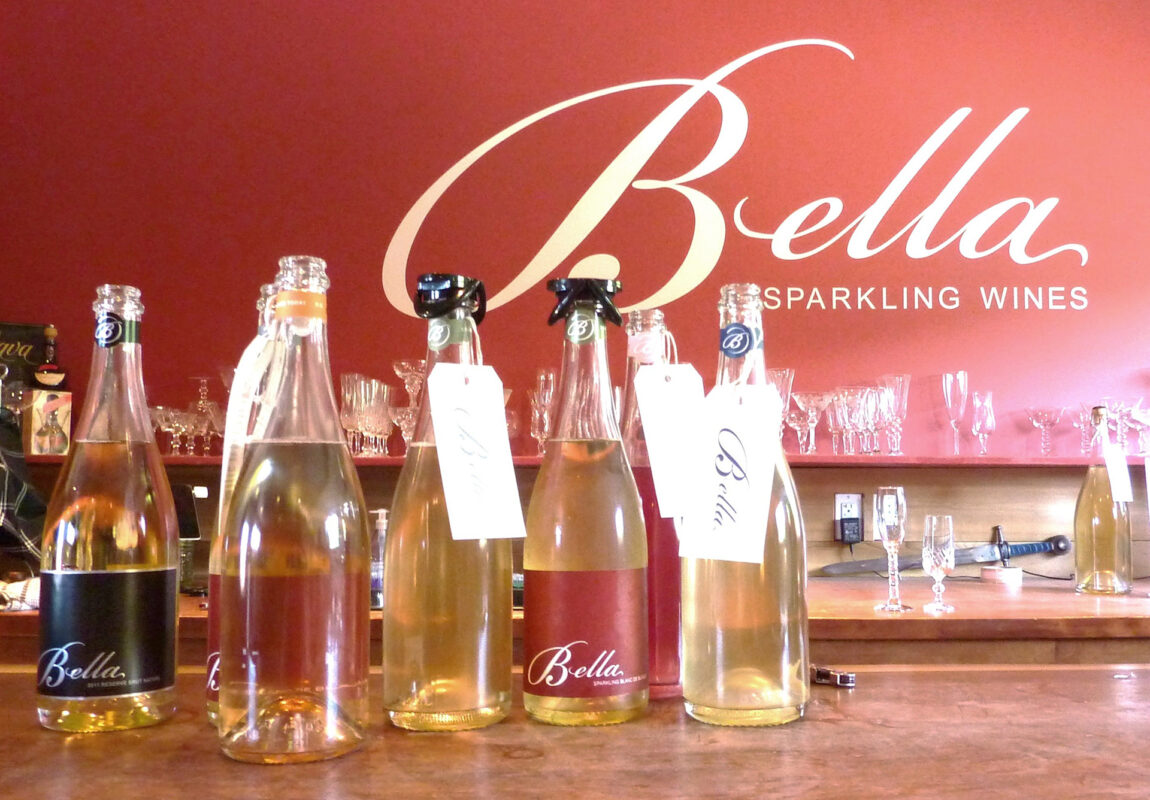
Drysdale isn’t interested in re-inventing Champagne. He just wants to make great Canadian sparkling wines that will put his home on the global wine map. Wines like the Westbank Gamay Methode Ancestrale may get him there. The wine is the color of rose hips with scents of dried cranberries, grilled white peaches, and powdery talc. It’s dry and tart with flavors of orange peel and wild strawberries. It’s also a modest 11.8% alcohol, $31.00, and the best thing to come out of British Columbia since Raymond Burr.
My last stop took me across the lake to Summerland, home of Okanagan Crush Pad (OCP). The steep, narrow road dropping from the highway corkscrewed around volcanic cinder cones covered in million dollar homes, orchards, and vineyards. Smiling people tended crops, happy dogs roamed freely, and even the chickens had some pep in their step. With the impressive view they have of Lake Okanagan, it’s understandable.
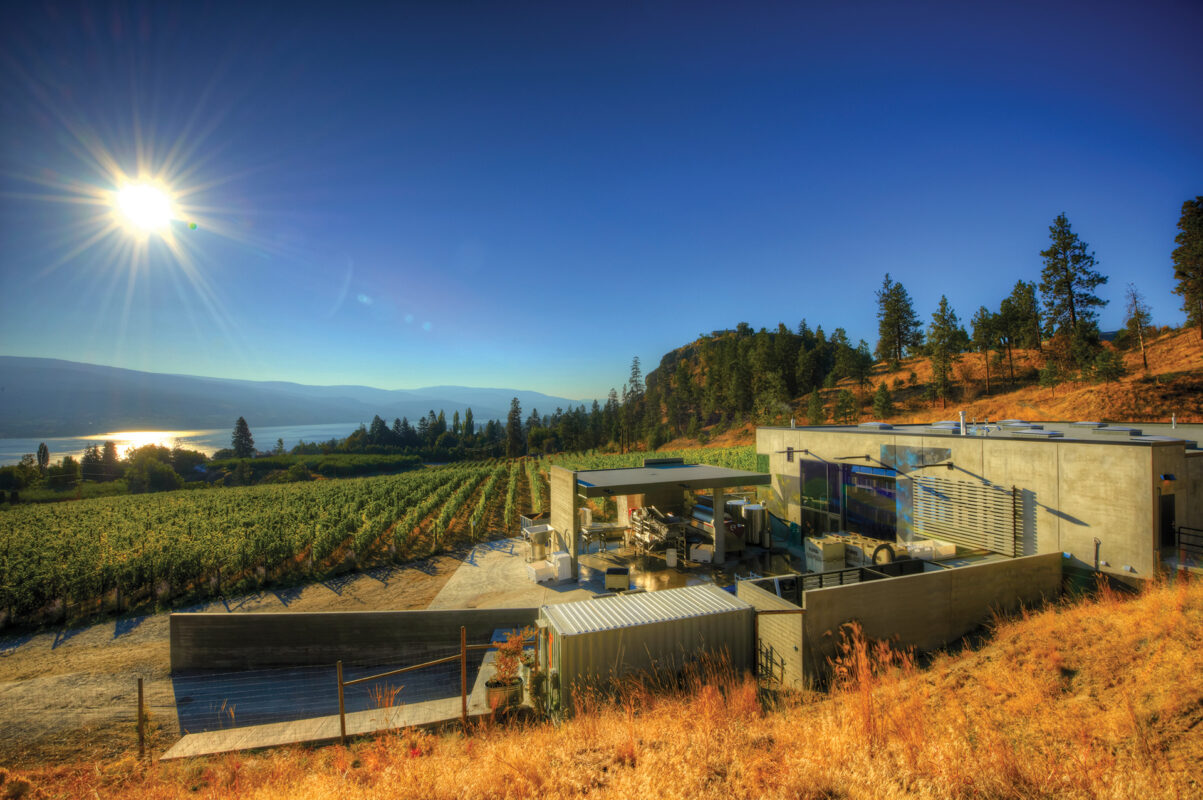
OCP is home to the Haywire and Narrative labels as well as custom Crush clients. It is the brainchild of Christine Coletta and Steve Lornie, who in 2005 tore out an orchard to plant their Switchback Vineyard with 10 acres of Pinot Gris. A second vineyard, Garnet Valley Ranch, was later planted at 2,220 feet above sea level in the hills near Summerland. Both vineyards are certified organic.
There’s an all-star team at work at OCP. Matt Dumayne directs winemaking and has decades of experience in New Zealand and Oregon. Terroir expert Pedro Parra uses satellite remote sensing, pit digging, rock licking, and dirt eating to determine where and what to plant. The consulting oenologist is Alberto Antonini, the man setting OCP in concrete.


Antonini believes concrete makes wine taste alive, so OCP is stuffed with enough concrete eggs, tulips, and tanks to hold 60,000 liters. He also likes clay and brought two amphorae from Italy to make the Haywire 2014 Free Form Red. The wine sells for roughly $40.00 and it’s 100% Pinot Noir. It was fermented with native yeasts and aged on skins for eight months before bottling without filtration or added sulfur.
You can actually read a road map through the light cherry color of the Free Form Red. With scents of damp earth, black cherries, and forest floor mushrooms, it’s the kind of wine I’m hoping for when seeking out the natural. It flexes its sturdy skin contact body while pronounced acidity makes you think the flavors of red fruit and espresso might actually trickle down your chin. It’s dangerously good, and the 12.8% alcohol won’t make it any easier to resist opening another bottle.
The natural wine vanguard has indeed put down roots up north. If you are on the lookout for thoughtful practitioners, I suggest you check out the Okanagan Valley.
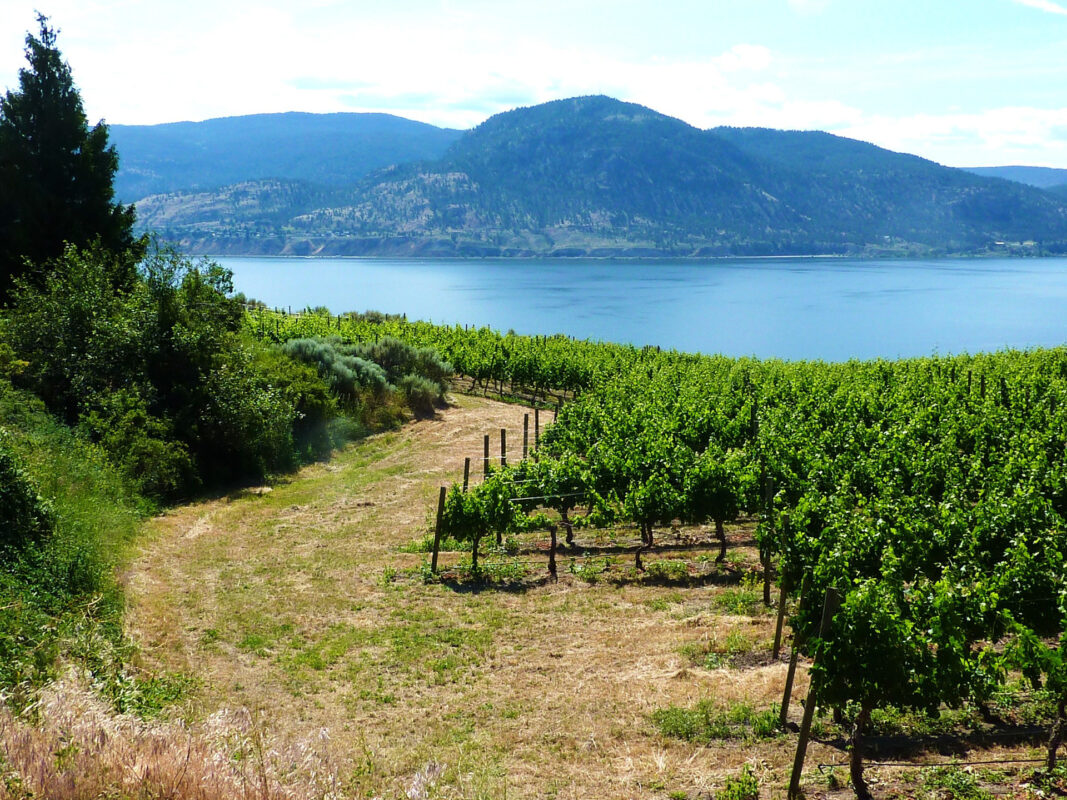
Michael Alberty is a wine writer based in Portland, Oregon, writing for the Oregon Wine Press, Wine & Spirits Magazine, and JancisRobinson.com. This is Michael Alberty’s first feature for Sprudge Wine.




